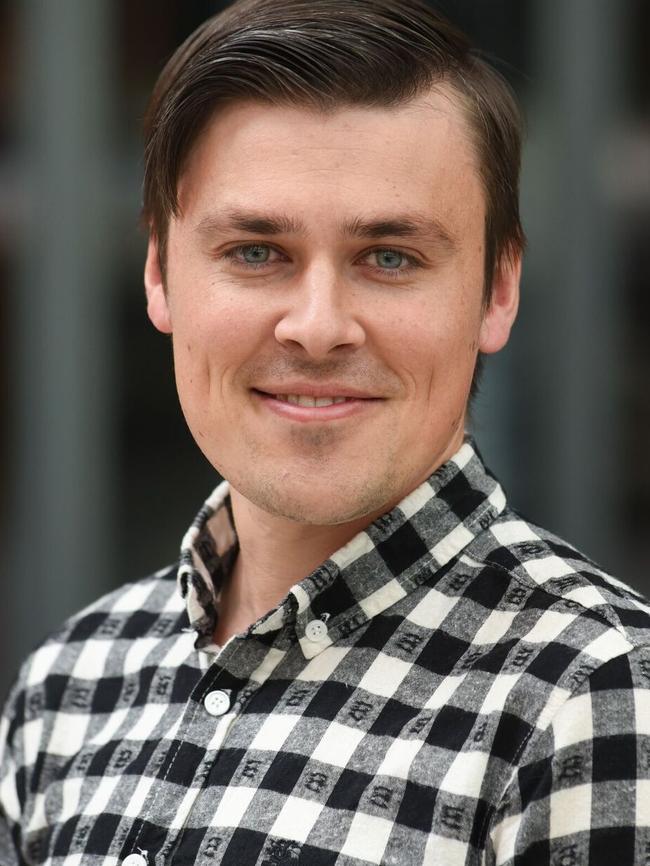Wastewater tests reveal ‘bath salts’ amid designer drug trend
A substance known as “bath salts” is part of a disturbing new trend in designer drug use emerging across Australia according to wastewater analysis.
SA News
Don't miss out on the headlines from SA News. Followed categories will be added to My News.
- Adelaide ice capital of the world, in UniSA wastewater study
- Wastewater test shows meth, heroin, cocaine use surging
- How to get the most out of your Advertiser digital subscription
Wastewater analysis reveals disturbing trends in designer drug use across Australia, including the emergence of new psychoactive substances commonly known as “bath salts”.
UniSA analytical chemist Dr Richard Bade established the detection method here based on studies overseas and led the research, the largest study of its kind in this country.
“I find these compounds quite interesting because they’re not as prevalent as the more common illicit drugs like methamphetamine, cocaine and MDMA, so I like the challenge of trying to identify new compounds,” he said.

“It helps the community as well, because if we’re able to find any of these new compounds in the wastewater, then we’re able to share this knowledge with the correct authorities, to help the community deal with potential outbreaks of dangerous compounds.”
Up to 53 locations were sampled every two months between October 2017 and February this year, covering more than half of the Australian population.
The study identified 15 new psychoactive substances. These are stimulants that produce effects similar to that of MDMA (ecstasy) and amphetamines (speed).
Among the new drugs gaining popularity is a group of synthetic cathinones, commonly known as “bath salts”, including the potentially lethal N-ethylpentylone and ethylone.
In October 2017, when the research team identified N-ethylpentylone for the first time in SA, they were able to alert the authorities including the police and forensic scientists. The drug was present in SA wastewater until mid-2018 and then disappeared.
Ethylone was also prevalent in SA wastewater in late 2017.
In more recent times, mephedrone and methylone have been found in a few sites in SA, in late 2019.
Dr Bade says new psychoactive substances are designed to mimic conventional recreational drugs. Ingestion has caused deaths, particularly during music festivals, possibly because people don’t understand what it is that they are taking and overdose.
“There is little information relating to potential side effects, but they can include paranoia, hallucinations and panic attacks and we know they have caused some deaths at music festivals, with people mistaking them for ecstasy,” Dr Bade said.
MORE NEWS
Boss of muggy, croc-infested territory sledges our weather
Ricciuto defends ‘deluded’ critique of ex-Crows
Public servant mishandled $14m estate, ICAC says
Wastewater analysis offers a way to examine the community consumption of new psychoactive substances in real time, rather than waiting for drug seizures, presentation at hospital or even deaths.
In South Australia there is a blanket ban on possessing or selling any substance that has a psychoactive effect other than alcohol, tobacco and food.
UniSA led the research, in collaboration with the University of Queensland.
The research is published here in the journal Science of the Total Environment.
The project received funding from Drug and Alcohol Services of South Australia and the Australian Research Council.

